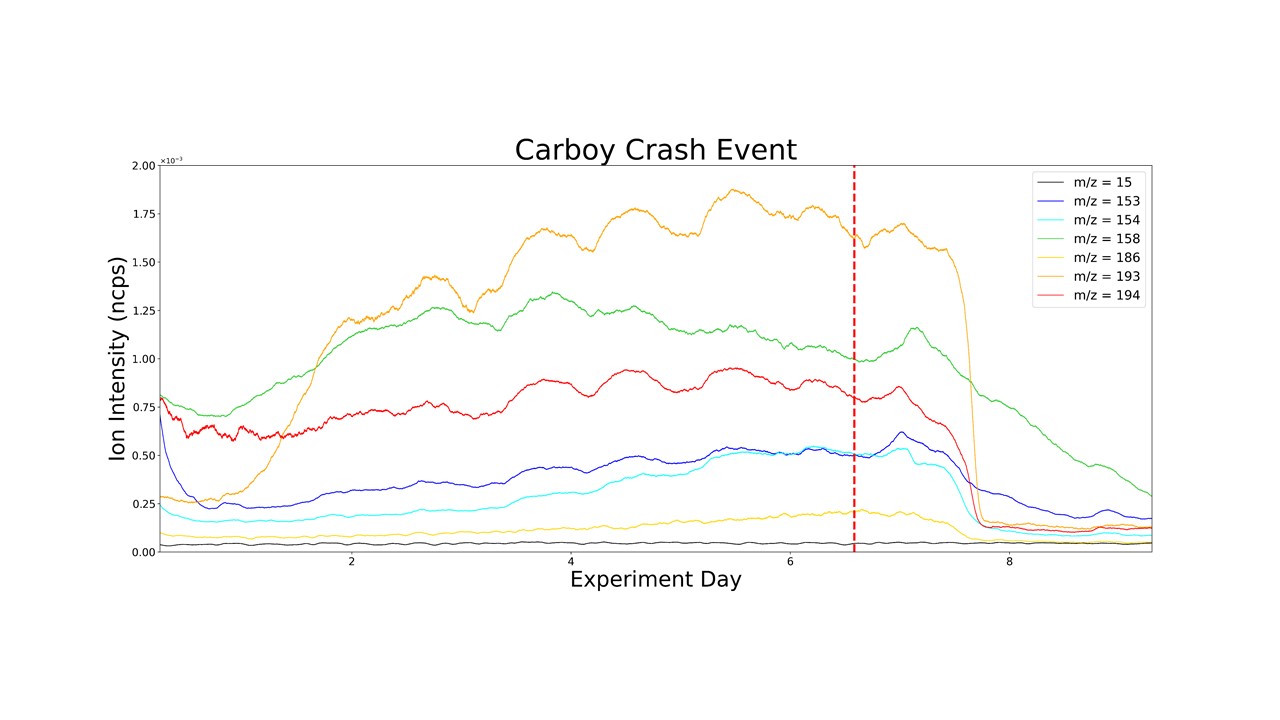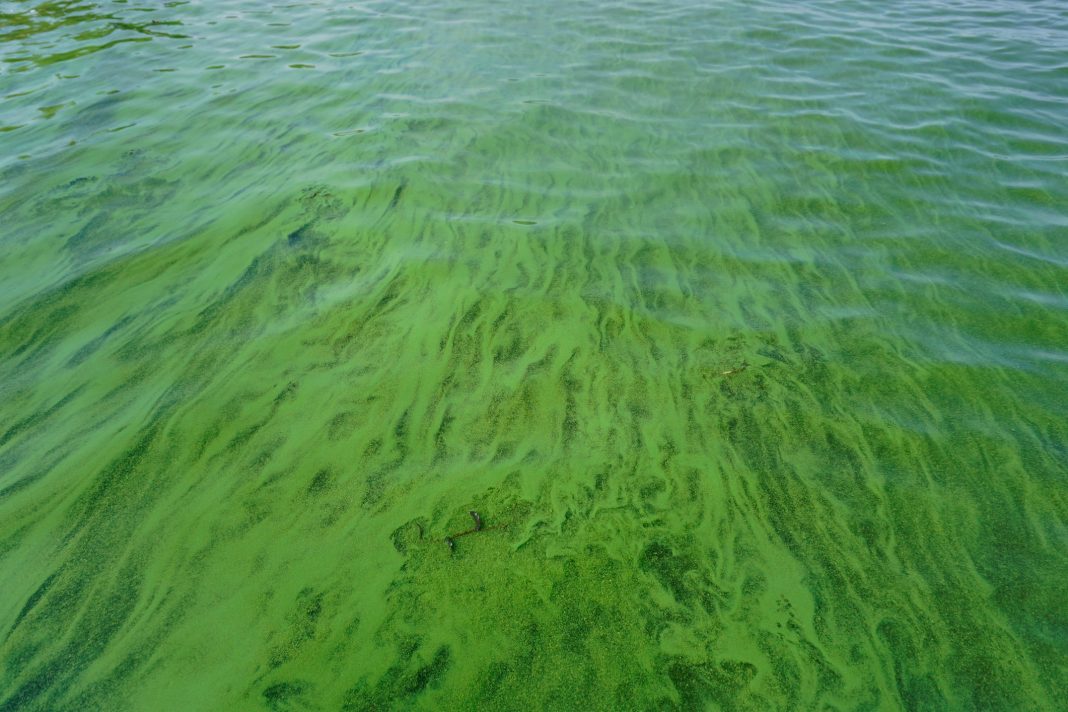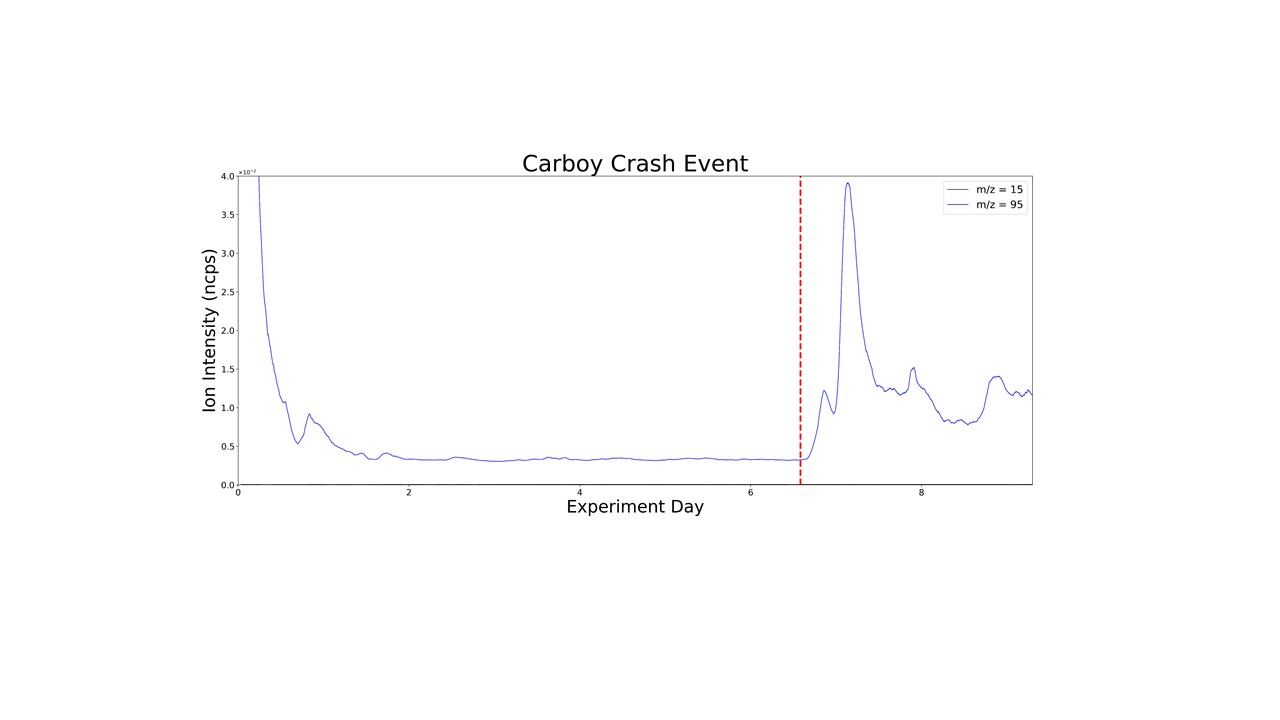Robert S. Pomeroy, Teaching Professor at UC San Diego, guides us through the early detection of algal infections using direct real-time chemical ionization mass spectrometry
Petroleum, from the Latin “rock oil,” has transformed our lives. It has changed how we live, work, and play. Petroleum is, however, nothing more than ancient algae. The transformation of biomass to hydrocarbons results from being subjected to heat and pressure over millions of years.
Algae accumulate oils that, when extracted, can be converted into renewable fuels such as gasoline, diesel, and jet fuel. In 1978, the U.S. Department of Energy launched the Aquatic Species Program to investigate energy production using algae. (1) The establishment of this program coincided with the rapidly rising fuel cost due to the Oil Embargo in 1973 and led to the creation of the U.S. Department of Energy.
The power of algae-based fuels
While the power of algae-based fuels was recognized, oil supplies eased, prices stabilized, and the market established a new normal. There was a resurgence in interest in algae fuels in 2007 when oil prices spiked due to a supply shortage due to the Iran-Iraq War. (2)
That same year, Sapphire Energy, a company focused on producing algae-based fuels, was founded. (3) Sapphire Energy reached a capacity of 100 barrels a day and successfully refined its “crude” into gasoline and aviation fuel. The global financial crisis of 2008 resulted in a crash in oil prices, and algae biofuels’ future was shelved. With gasoline prices reaching $5.00/gal again, the interest in biofuels is peaking again.
The constant theme is the economics of algae-based fuels versus petroleum- based fuels. To see the replacement of petroleum by algae fuels, large-scale algae farming needs to be realized. There are two types of industrial-scale algae cultivation: photobioreactors (PBRs) and open ponds. (4) Each approach has its drawbacks.

Two types of industrial-scale algae cultivation
PBRs hold the algae in tubes, flat plates, or columns and may only consist of thin plastic. PBRs provide more control but are much more expensive at scale. Therefore, only open pond production can be economically feasible.
Open pond system’s significant advantages are lower construction and operating costs. The downside is that open systems are susceptible to contamination (e.g., introduced by birds) and adverse weather conditions. The key to large scale is either early detection or crop-protecting intervention.
Wholesale pond crashes are estimated to reduce annual yields in outdoor ponds by 10 to 30%. (5,6) Actual losses may exceed these totals if cryptic pests impair productivity without causing conspicuous crash events.
Chemical Ionization Mass Spectrometry
Chemical Ionization Mass Spectrometry (CIMS) detects outbreaks in the lab up to three days before pests become apparent by microscopy or qPCR. (7) Both pest detection via CIMS and triggering-control measures can also be automated, mitigating the costly burdens of monitoring and process sampling while shortening response times.
CIMS systems have already been verified in the lab to develop integrated crop protection systems for field production facilities. Current technology for pest detection based on qualitative observation of pond health, microscopy, and molecular genetics is slow, labor intensive, and requires a priori knowledge of major (likely) pests.
The technology advances applications to any algal production company at any location that requires cost-effective crop protection strategies to maintain yield with minimal maintenance and monitoring costs.
Molecular interactions between microbial predators and prey
Although little is known about the molecular and cellular specifics of predation and pathogenesis in algal biomass production ponds, much is known about the molecular interactions between microbial predators and prey. In cyanobacteria, proteomics experiments have demonstrated the upregulation of genes related to secretion and cell surface changes as an early response to the presence of an amoebal predator (within two to six hours of amoebal inoculation). (8)
Alternatively, lysis, engulfment, and digestion release cellular components not typically accessible in the media, like the nonpolar chemical by-products (e.g., phospholipids from cell membranes), which are carried to the surface of the pond by air bubbles or paddle wheel mixing due to the density and hydrophobicity of these molecules.
Because these molecules derive from the basic biochemical structures found in all photosynthetic species, these VOCs may represent a generic marker of crop cell death.
This system has been run on raceway ponds indoors. The floating sampler is placed right after the stirring mechanism, whether paddle or lifter. The bubbles help to scavenge VOCs from the water. The floating sampler will gather VOCs without interference from the outside air. The mass spectrometer directly analyzes the VOCs in real time and has run successfully for over 60 days without interruption.
Figures 1 and 2 are data sets from a recent Carboy experiment, which thoroughly validated the data from the PNAS paper using a different reagent gas, benzene, resulting in an increased number of potential diagnostic peaks.
Figure 2 shows an m/z at 95 assigned to a benzene/ammonia adduct. The detection is within hours of infection (the vertical red line). Detection via microscopy or PCR is 24 to 36 hours later. The initial ammonia outgas is from the media. The spike after infection is ammonia, a well- documented molecule associated with a predator/prey interaction.
Algae in the future
Flying in a plane powered by algae jet fuel, sitting in a seat constructed from algae-based polymers while wearing sandals made from algae, and eating a meal enhanced with algae-based ingredients is a scenario closer to reality than most people realize.
References
- Sheehan, J. A Look Back at the U.S. Department of Energy’s Aquatic Species Program – Biodiesel from Algae. Program (1998).
- Gas hits record high, even adjusted for inflation – May. 21, 2007. https://money.cnn.com/2007/05/21/news/ economy/record_gas_monday/index.htm
- Sapphire Energy – Wikipedia. https://en.wikipedia.org/wiki/Sapphire_Energy
- Narala, R. R. et al. Comparison of microalgae cultivation in photobioreactor, open raceway pond, and a two-stage hybrid system. Front Energy Res 4, 208116 (2016).
- Reese, K. L. et al. Chemical Profiling of Volatile Organic Compounds in the Headspace of Algal Cultures as Early Biomarkers of Algal Pond Crashes. Scientific Reports 2019 9:1 9, 1–10 (2019).
- Richardson, J. W. et al. A financial assessment of two alternative cultivation systems and their contributions to algae biofuel economic viability. Algal Res 4, 96–104 (2014).
- Sauer, J. S. et al. Continuous measurements of volatile gases as detection of algae crop health. Proc Natl Acad Sci USA 118, (2021).
- Simkovsky, R. et al. Impairment of O-antigen production confers resistance to grazing in a model amoeba-cyanobacterium predator-prey system. Proc Natl Acad Sci USA 109, (2012).

This work is licensed under Creative Commons Attribution-NonCommercial-NoDerivatives 4.0 International.



